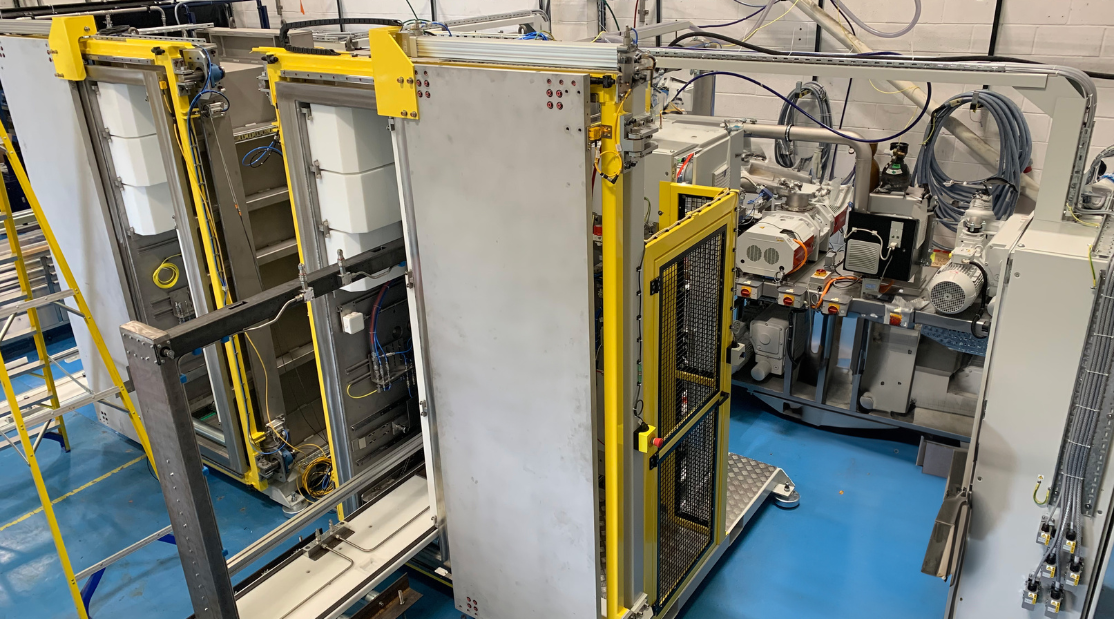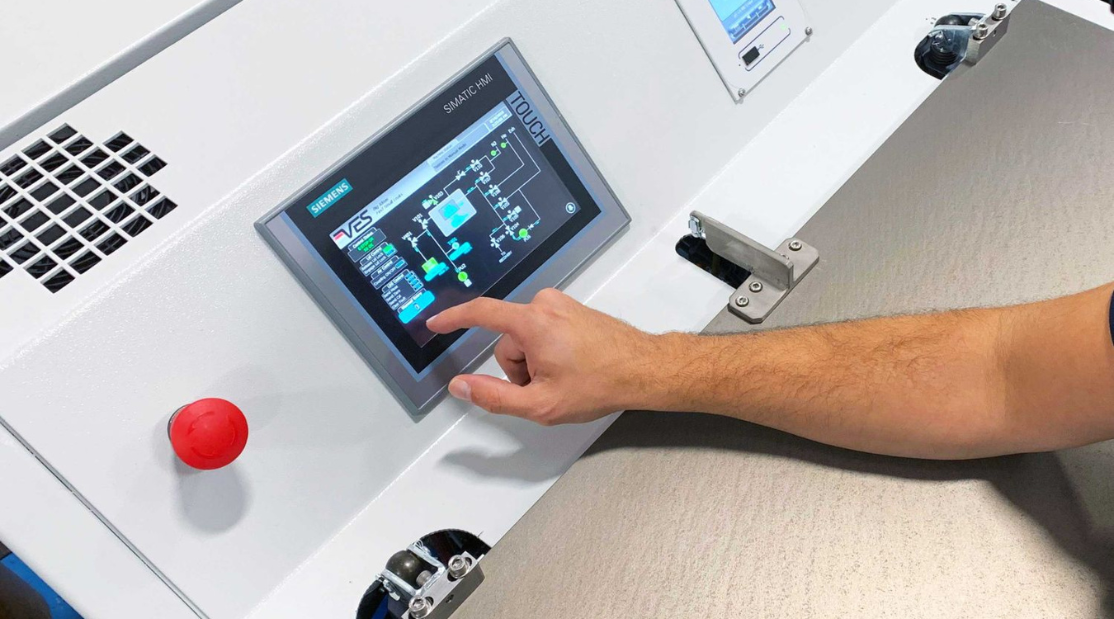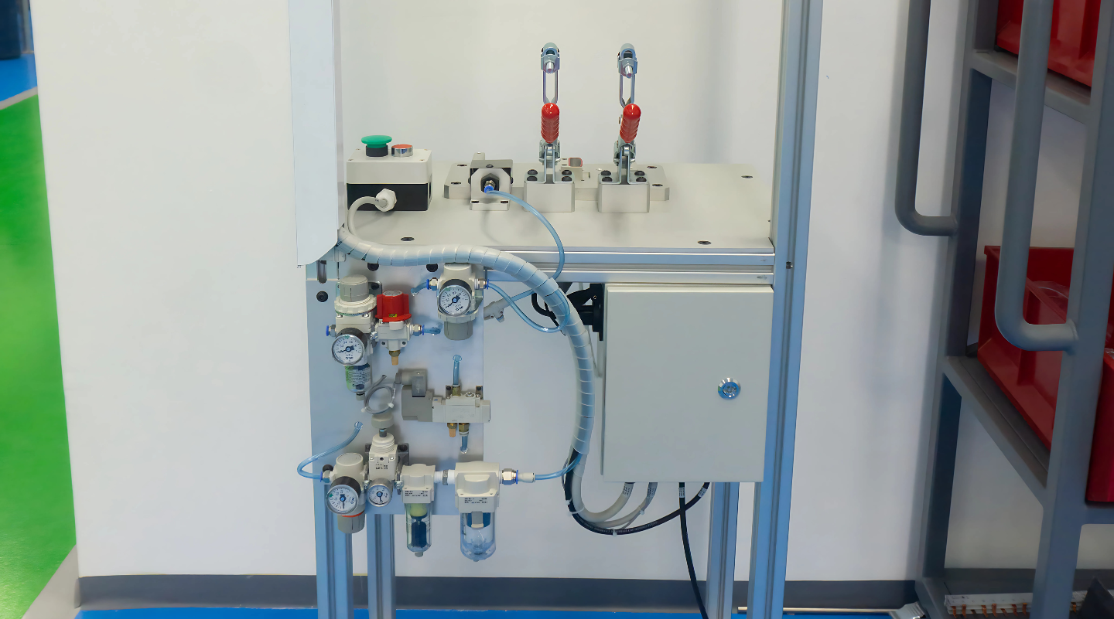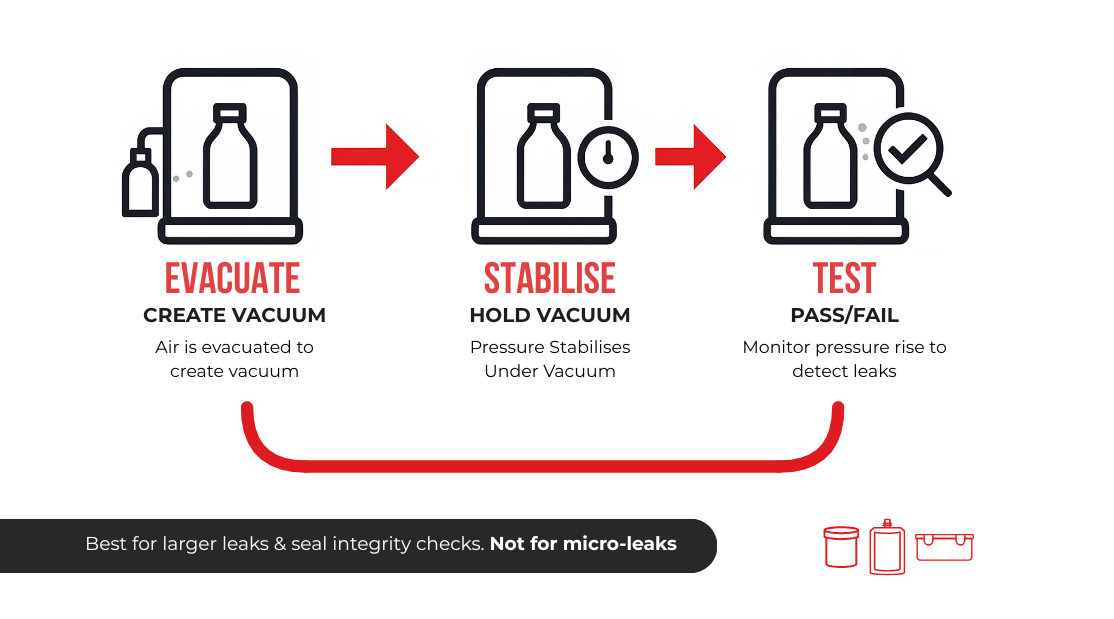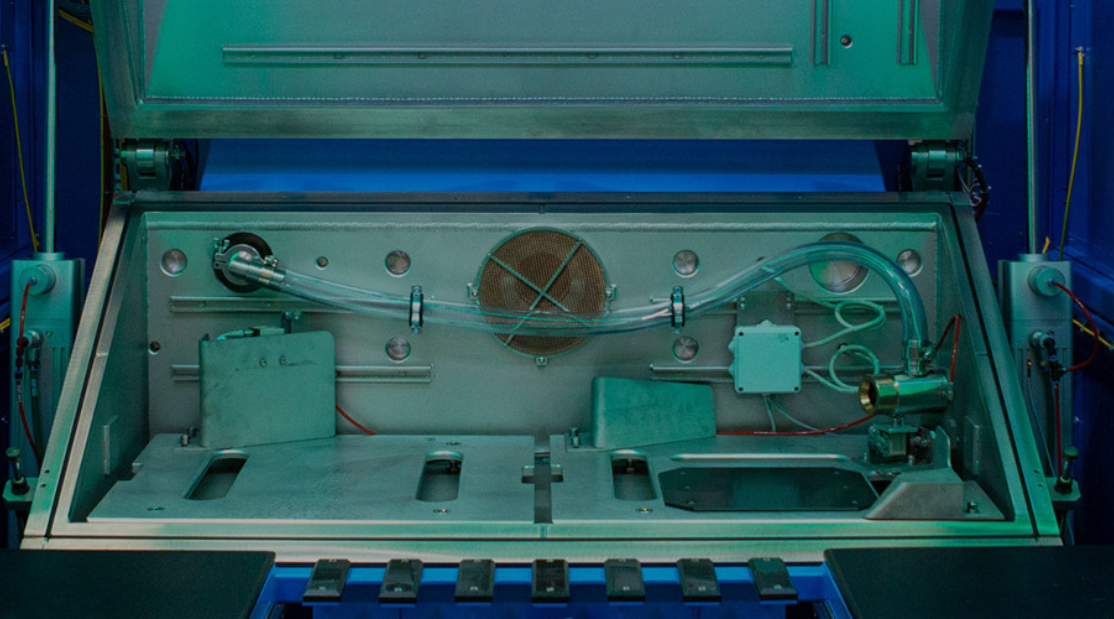Growth is exciting. But when it means expanding your leak testing capacity, jumping straight to buying more machines can be a mistake. Getting expansion right involves thinking strategically about your quality, efficiency, and compliance. Drawing on decades of experience helping manufacturers scale up, here are the key areas we recommend you evaluate before making a move.
- Why Exactly Are You Expanding? Define Your Goal.
Before anything else, get specific about the reason for expansion. Is it simply higher production volume? Are you launching a new product with different testing needs (size, material, leak rate)? Have regulations changed? Or are you trying to fix bottlenecks in your current testing process? Clearly defining the “why” helps you choose the right system specs, layout, and test method, avoiding costly over-engineering or under-preparation. - What Are Your Current Bottlenecks? Assess Your Existing Setup.
Take an honest look at your current leak testing. Where does it slow things down? Are cycle times truly meeting your targets? Are results consistent, or do you see variability? Can it handle the necessary pressure ranges or tracer gases effectively? Common limitations include too much manual handling, systems that aren’t easily upgraded or changed for new parts, inability to meet tighter leak specs, or tests that require constant operator oversight. Understanding these pain points will clarify whether you need to replicate, upgrade, or completely rethink your approach. - Does Your Plan Match Production Reality? Align Capacity with Throughput.
Your leak test capacity should comfortably handle your production flow, but significantly over-sizing means wasted capital on underused equipment. Conversely, under-sizing creates delays and risks letting bad parts slip through. Use your actual data – test times, typical failure rates, how long repairs take, re-test frequency – to model the true time needed per part. This helps determine how many test stations are genuinely required, especially during peak production. - How Flexible is the Plan? Build In Modularity and Scalability.
Future needs are hard to predict, so flexibility is key. Can the new setup adapt easily if product designs or volumes change later? A modular system lets you add/remove stations, swap tooling quickly, or shift from offline batch testing to a fully inline process. This adaptability reduces downtime and future headaches. Scalable designs also allow for phased investment – start with what you need now and add capacity incrementally as demand grows. - Is Your Facility Ready? Check Your Infrastructure.
Expanding leak testing impacts more than just floor space. Can your facility actually support the extra load? Consider:
- Utilities: Do you have sufficient, reliable power? Can your compressed air or vacuum systems cope?
- Gas Management: Will your helium or forming gas supply (and recovery system, if applicable) handle the increased consumption?
- Layout & Safety: Is there efficient workflow access for operators? Are safety measures (like shielding or ventilation for hydrogen) adequate for the increased scale? Planning this early prevents hidden costs and risks down the line.
- How Will You Manage Data and Automation?
As volume increases, manual tracking becomes inefficient and prone to errors. Automation and robust data traceability are essential. Look at incorporating:
- Automated part handling and identification (e.g., barcode scanning).
- Automatic pass/fail sorting.
- Integration with your factory management systems (MES/ERP).
- Centralised monitoring dashboards. This boosts consistency, simplifies compliance, and provides valuable data for process improvement.
- Are Your People Prepared? Factor In Training and Support.
Even the best system needs skilled operators. Expansion often involves training new staff or upskilling existing teams. Ensure the system chosen has an intuitive interface, clear diagnostics for troubleshooting, and good documentation. Equally important is reliable support from your equipment partner for ongoing training, service, and spare parts to minimise downtime as you grow.
The Key to Scalable Leak Test Expansion
Expanding your leak test capacity is a significant step. Taking the time to strategically plan around these key areas – from defining the core need to ensuring your facility and team are ready – will help ensure your investment enhances production flow and quality, setting you up for successful growth.
